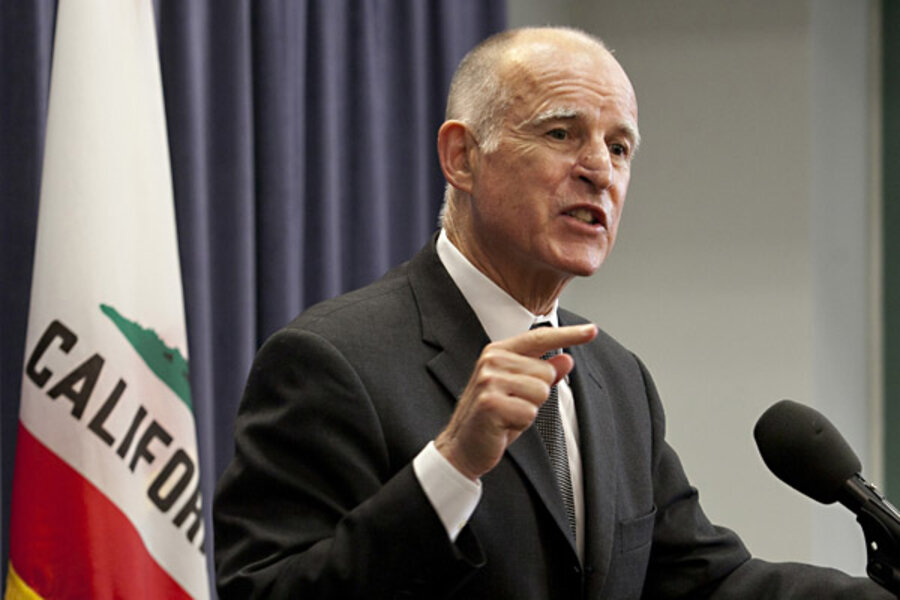It's summer. Time for a California budget crisis.
Loading...
Summer is here and that can mean only one thing – the start of movie season. Well, that and California’s annual budget mess. Like a tired franchise that keeps coming back, it’s the same story year after year, sometimes gussied up with computer generated effects or a surprise cameo appearance.
On Saturday, Governor Jerry Brown kicked things off by announcing that tax collections were coming in below projections, and so the state would face a $4 billion deficit by the end of the current fiscal year (June 30th ) if lawmakers failed to take corrective action. Left unchecked, by the end of next fiscal year, the deficit would grow to $16 billion.
If this all sounds familiar, it’s because in every budget cycle since the last recession, the state has started with a projected gap between inflows and outflows. The problem has certainly grown worse lately, as California and nearly all states, have struggled mightily with falling revenues and rising service demands in the Great Recession. But it’s inescapable that lawmakers could have fixed the roof when it wasn’t raining. They didn’t.
This is what’s known in the business as a “structural deficit.” It means that there is an ongoing mismatch between revenues and public spending, regardless of how the economy is performing. Some would attribute this mismatch to a disconnect between what voters want from government and what they are willing to pay for it. Others would call it a failure in government’s ability to provide services efficiently and live within its means.
The problem is that the debate about right sizing government – in California and Washington, DC – typically happens in a fact free zone. No one is talking about the business of government, what it provides, to whom, and at what cost. The truth is we have very little data to underlie this kind of conversation. Budgets are rife with information, and California’s non-partisan Legislative Analyst’s Office does a Herculean job putting out its own materials. What’s missing someone to put it all together. Some nonprofits and advocacy groups are providing a good start.
Also, voters and politicians alike could be more engaged. Instead, California’s budget season usually follows the same plot line: January budget release, May revision, and then a summer of gridlock punctuated by a few high profile protests and maybe a cash crisis necessitating state IOUs. All is resolved in late summer or early fall (well beyond the state’s June 15th constitutional deadline and into the July 1st fiscal year). Or is it? The villain always comes back, and the process begins again.
Maybe this year will be different. The governor is proposing some harsh cuts to health and social services on top of those that have already happened since 2009 as well as converting state employees to a four-day work week (at 5 percent less pay). If voters do not approve his November ballot initiative for a temporary income tax surcharge on high-income residents and a quarter cent sales tax boost, public schools, colleges, and universities are next on the chopping block. Those kinds of cuts, as well as closing 70 state parks, may get people’s attention.
Or, as one LA observer noted, “…we are about to head into the summer, when people are not spending a lot of time paying attention to what is happening in government.” Alas.
Originally posted at the Brookings Institution Up Front Blog on May 17, 2012.






